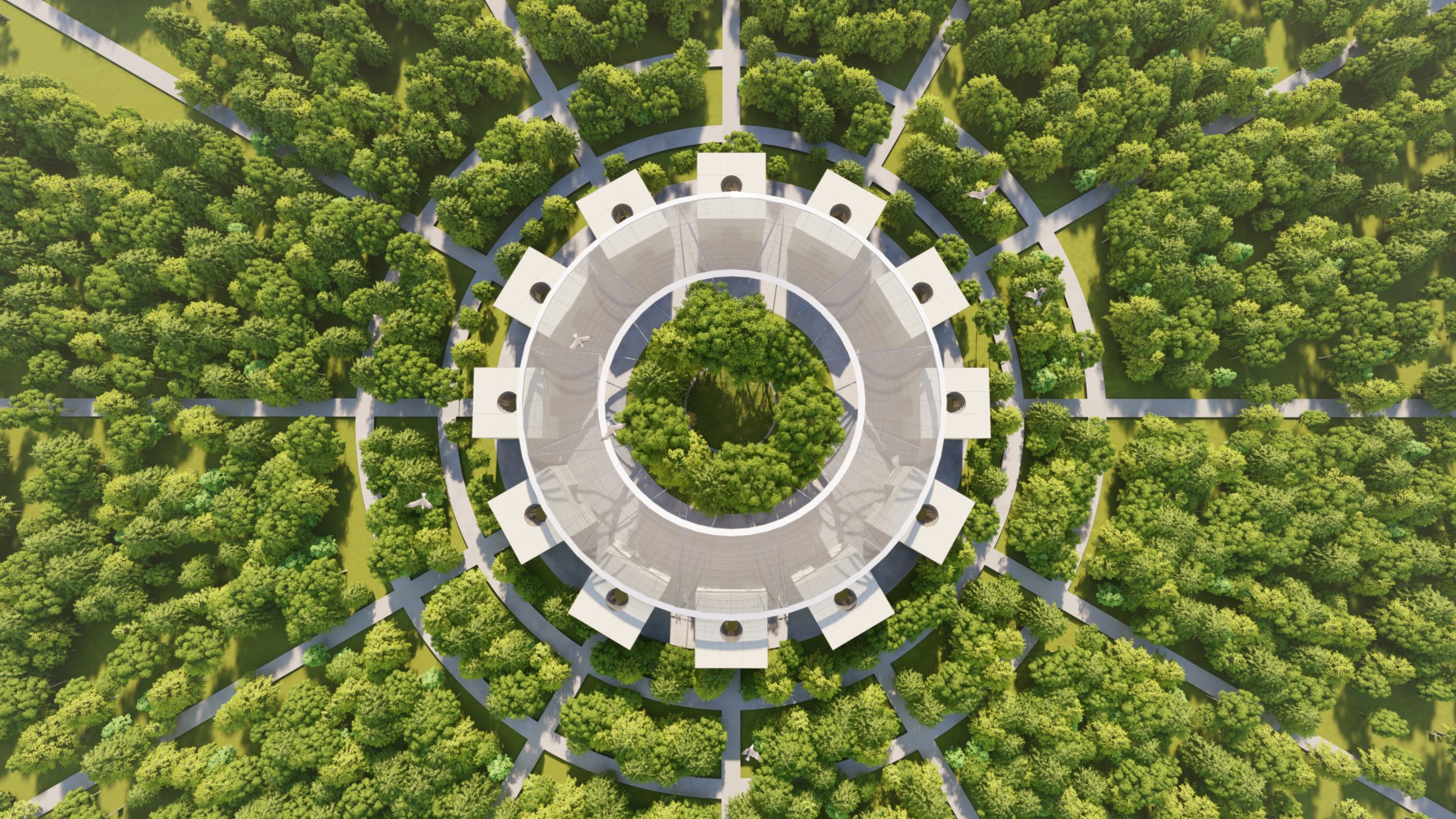
The model
This model initially started life as an engineering model, to show how the truss and concrete deck would interact. Initially a clear acrylic deck was used to allow the inner structure of the bridge to be seen. Once this model had been used for its initial intended purpose, it came back to the modelshop to be updated. This time it was going to be used for the client and planners, so it needed to illustrate how people would use the bridge and surrounding public space – this meant adding a full colour deck and ground level. Along with adding trees, plants, benches and other animation, we also added food carts and bicycles to animate the model.
To replicate the core concrete deck and truss structures with a high degree of accuracy, we used SLA 3D-printing. For the first version of the model, we used clear acrylic to create the walkway, partnered with mirrored acrylic for the ground level – allowing the truss to be seen without anyone having to lean down and look under the model. Acrylic paint was used on the second iteration of the model to replace both pieces.
We used steel etchings without a spray finish to represent the railing and appear like the real material. We experimented with different paint colours and techniques to represent the finishes of Salford Rise, with different colours for the bridge, pedestrian route and decking. The benches, street furniture and food trucks were made from laser-cut acrylic – this required us to split the 3D model into parts that could be cut. We then used our 3D printers for some of the extra details.


We used steel etchings without a spray finish to represent the railing and appear like the real material. We experimented with different paint colours and techniques to represent the finishes of Salford Rise, with different colours for the bridge, pedestrian route and decking. The benches, street furniture and food trucks were made from laser-cut acrylic – this required us to split the 3D model into parts that could be cut. We then used our 3D printers for some of the extra details.
3D printing allowed us to make the model really quickly. Using the CAD model, we 3D-printed a kit of parts. Once the parts were printed, sanded and sprayed, they could be easily assembled. Metal etchings also allowed us to create a very thin and strong hand rail – similar to what would be used on the actual bridge.


This model is an interesting one for us, because we got to revisit and adapt it for a new intended use. Changing it from an engineering model to a fully animated, planted model was a challenge; however, as the model was mainly 3D printed, the parts were easy to dissemble and reuse for the second iteration. We were able to carefully take the model apart and ensure it could support itself without any extra reinforcements.





































































































































































































































































